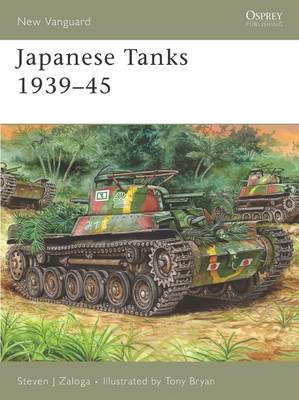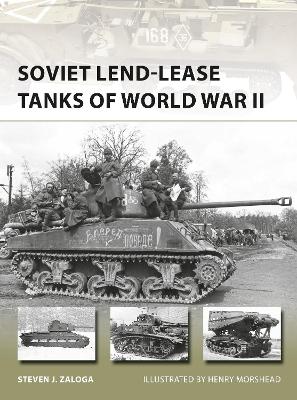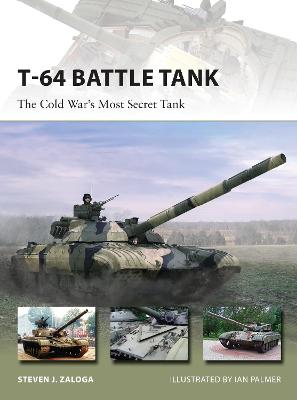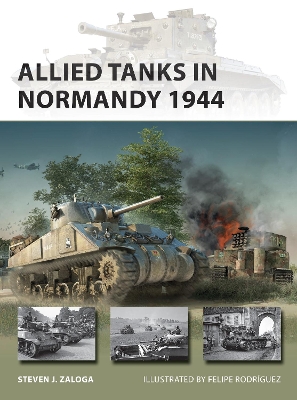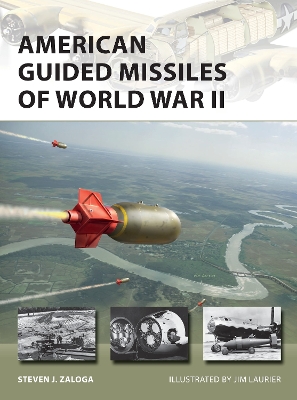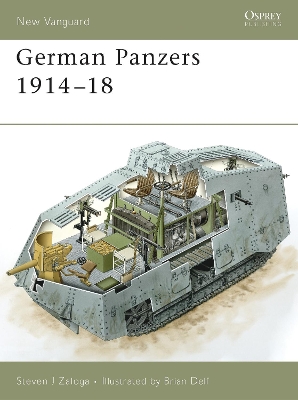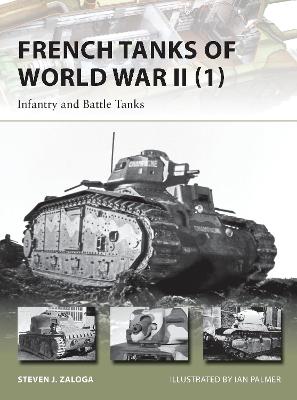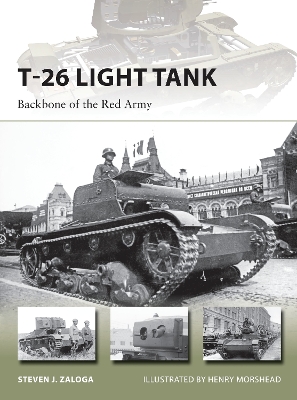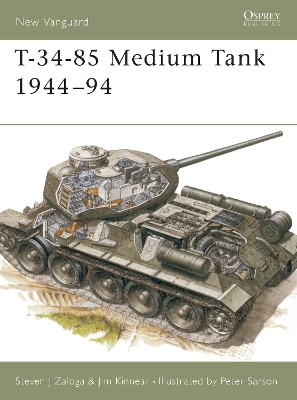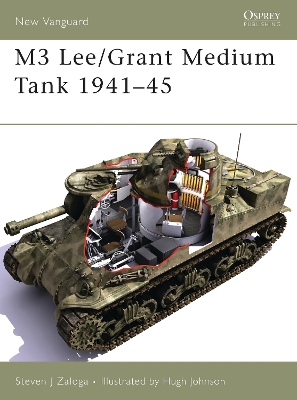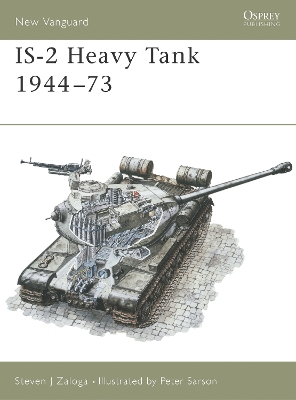New Vanguard
13 primary works • 50 total works
This study examines the different types of tanks shipped to the Soviet Union during the war, Soviet assessments of their merits and problems, and combat accounts of their use in Soviet service using full colour artwork, contemporary photographs and detailed cut-away illustrations.
The inter-war years saw considerable innovation and experimentation in armoured car design. Of the 1930s scout car designs, the M3A1 scout car was good enough to be produced in very large numbers in World War II, and was widely exported to many other armies via Lend-Lease. It also served as the basis for the late M2 and M3 armoured half-tracks.
In this study, using detailed full colour plates and rigorous analysis, US armour expert Steven J. Zaloga chronicles the development of the US armoured car in the years leading up to World War II.
The T-64 tank was the most revolutionary design of the whole Cold War, designed to provide the firepower and armour protection of a heavy tank in a medium-weight design. It pioneered a host of new technologies including laminate armour, stereoscopic tank rangefinders, opposed-piston engines, smooth-bore tank guns with discarding sabot ammunition, and gun-fired guided projectiles. These impressive features meant that the Russians were loath to part with the secrets of the design, and the T-64 was the only Soviet tank type of the Cold War that was never exported.
Written by an armour expert, this detailed technical history sheds light on the secrets behind the Cold War's most controversial tank, revealing how its highly advanced technologies proved to be both a blessing and a curse.
This book explains the qualities, strengths and weakness of the major British and US tank types as well as associated Allied units in Normandy including the Canadians, Poles, and French, and how they really fought. It will discuss the organization and equipment of the units, providing thumbnail sketches of organization and doctrine as well as statistical data on the types and categories of AFVs that saw action, providing a handy and concise guide for military historians, wargamers and military modelers.
Among the most sophisticated missiles of World War II was the US Navy's radar-guided Bat anti-ship missile, which was on the verge of deployment in the final months of the war. The war also saw the first use of guided assault drones, including the US Army Air Force's Aphrodite program of 1944, and the US Navy's Project Anvil and TDR-1.
This book draws back the veil on these weapons, examining the principal avenues of missile development in America during World War II, including the early glide bombs, radio-controlled bombs and electro-optically controlled bombs. Some of the more peculiar efforts, such as the "Bat bomb" and pigeon-guided bombs, are also explored. The text is supported by specially commissioned, full-colour artwork and diagrams.
The focus of this volume will be on the specialized tanks developed for the Operation Neptune amphibious landings including the Duplex Drive amphibious Sherman tanks used on both the US and British/Canadian beaches. It also covers the specialized engineer tanks called "Armoured Funnies" of the British 79th Armoured Division and addresses the popular myth that US Army refusal to employ the Armoured Funnies was a principal cause for the high casualties at Omaha Beach. There is also coverage of Operation Overlord's "Forgotten D-Day", the amphibious landings of Operation Dragoon. This book addresses why there were so few Panzers opposing the landings from the German perspective as well as detailing the extent of German tank/assault gun activity on D-Day.
In the wake of the T-72 tank's poor performance in the 1991 Gulf War, the Kremlin instructed the Russian tank industry to drop the discredited T-72 designation in favour of the T-90 Vladimir. The T-90 was in fact a further evolution of the T-72 family, but the name change represented an important break in Russian/Soviet tank design history.
The T-90 has become the principal export tank of Russia, and is in service in large numbers in many countries including Algeria, India, and many of the former Soviet republics.
Using detailed illustrations and full colour artwork, this book also describes the evolution of the T-90's many failed successors including the little known Bokser, Molot, and T-95, as well as its likely successor, the new T-14 Armata, and the wide range of specialized vehicles based on the T-90 chassis such as the formidable Terminator tank support vehicle.
Offering detailed answers to these questions, and many more, this book provides a survey of the principal tank and tank-equivalents (such as tank destroyers and Jagdpanzers) that took part in the Ardennes Campaign of December 1944-January 1945. Beginning with a basic overview of the campaign, accompanied by an order of battle of the major armoured units, it examines the opposing forces, covering the organization of the two tank forces to explain how they were deployed. Author Steven Zaloga also scrutinises the technical balance between the opposing sides, comparing armour, mobility and firepower as well as other important factors such as reliability, crew situational awareness, and tank layout/efficiency.
Full of specially commissioned and highly accurate artwork plates of the tanks themselves, as well as fascinating technical data based on cutting-edge research, this title is the definitive guide to tank warfare in the Battle of the Bulge.
The long-awaited follow-up to NVG 2 M1 Abrams Main Battle Tank 1982-92 (1993), this fully illustrated study examines the Abrams tanks' last quarter-century of service with both the United States and its various foreign operators with a focus on its combat history.
